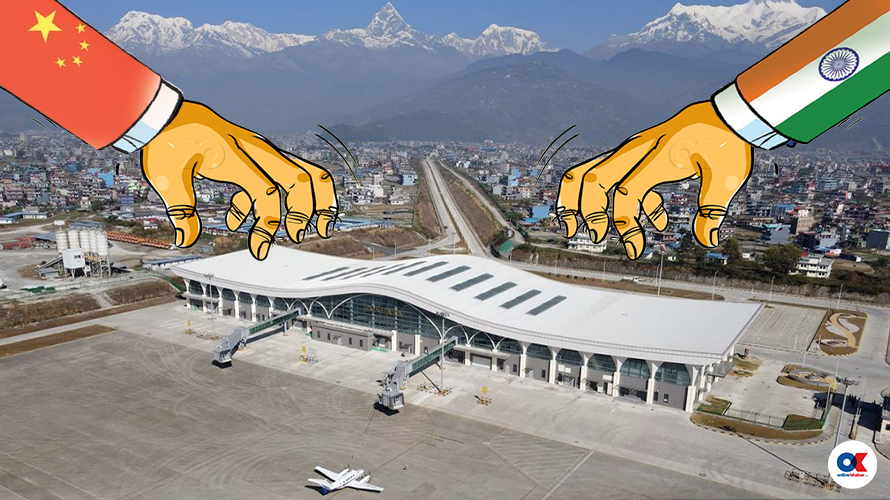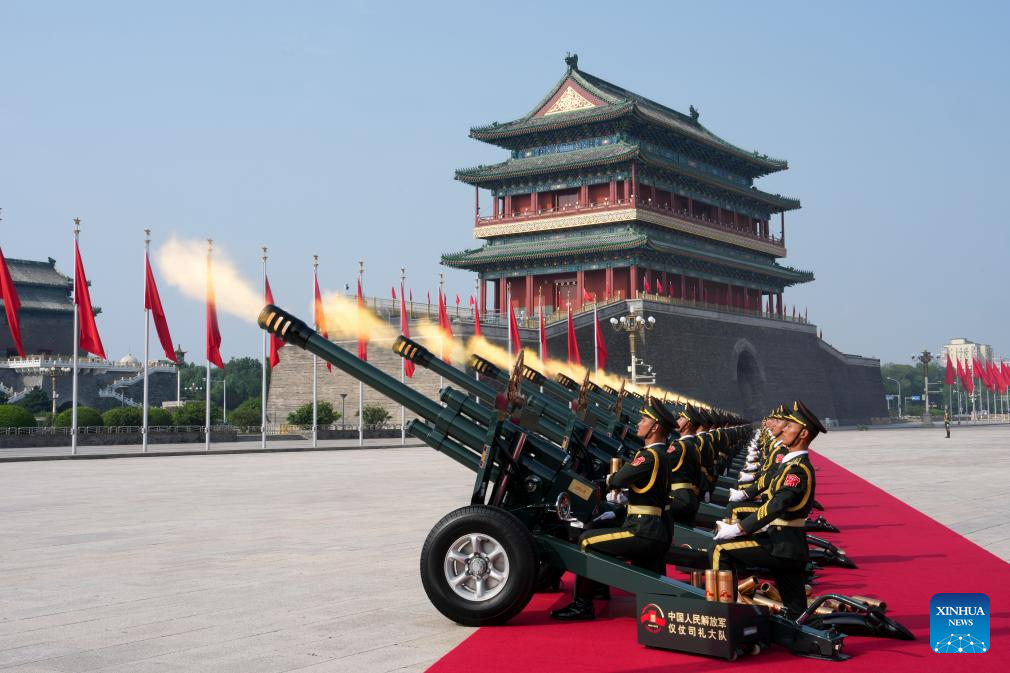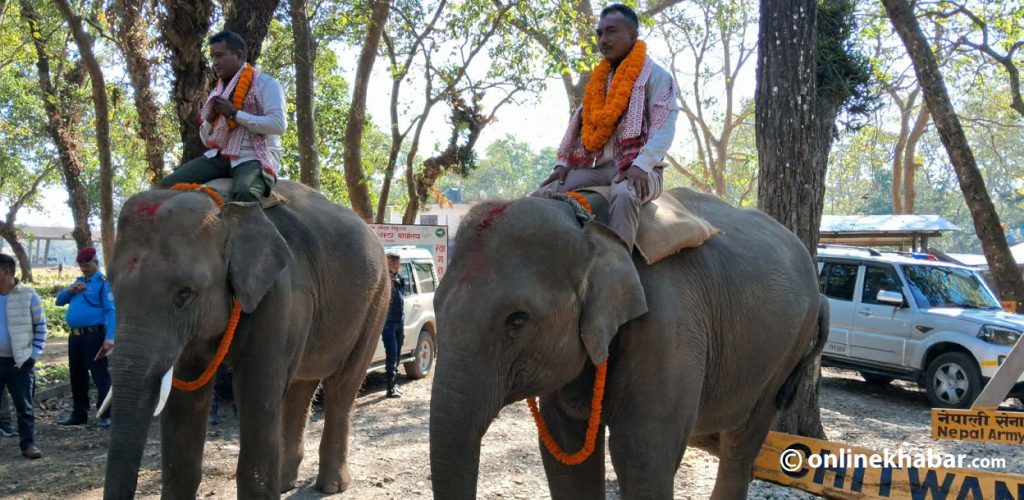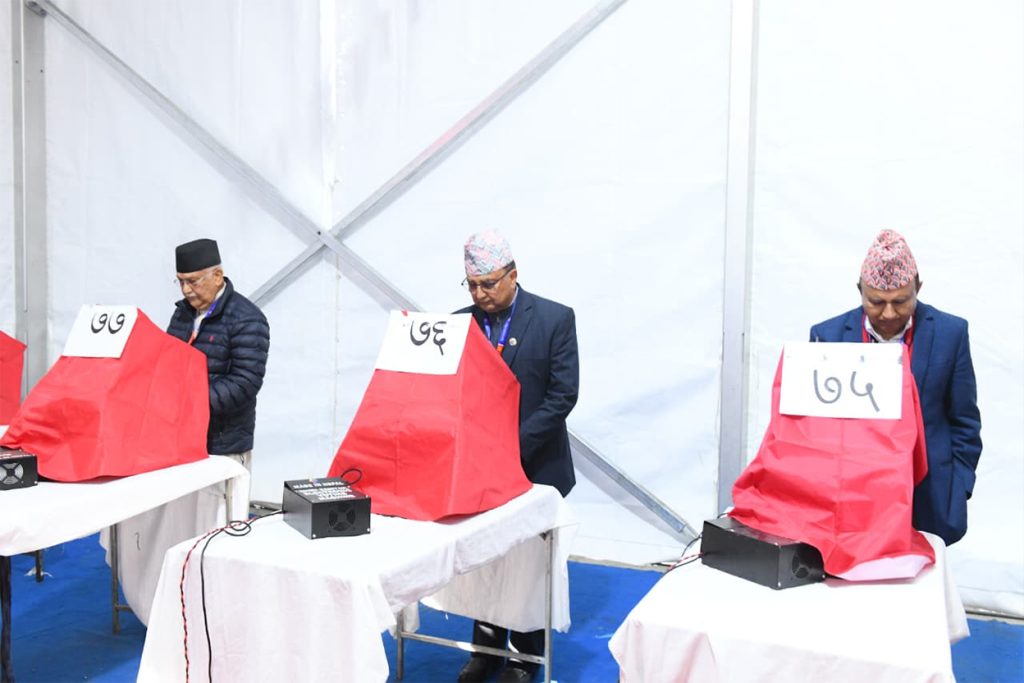
Sandwiched between the Asian giants of China and India, Nepal has occupied a precarious position amid the South Asian regional power dynamics throughout its history. Its vulnerable geography and internal political and economic weaknesses have led to deeply rooted security challenges that have profoundly impacted policymaking.
As Nepal transitions to a new federal governance structure, formulating policies that balance external pressures and internal fractures will become critical. The National Security Policy 2016 issued by Nepal’s Ministry of Defence provides a key definition of national security as the “complete safeguard of a country” encompassing multiple domains.
However, operationalising this is complex, given Nepal’s positioning on the world map. This entails protecting matters of national interest from both external intervention and internal pressures.
The impact of neighbours

Nepal’s national aspirations and vital interests are informed by its situation between India and China in terms of history, economy, politics, and ethnic composition within its borders. Its lack of military power and development compared to its powerful neighbours has also constrained Nepal’s independent policymaking over the years.
Nepal’s security priorities and strategies have been fundamentally impacted by recurring border tensions with India and China. Regional moves perceived by India as against its interests have been seen in previous economic blockades and strained ties. Meanwhile, issues like hosting Tibetan refugees have also emerged in relations with China.
Balancing these power dynamics has been necessary for Nepal to chart its delicate security approach. Furthermore, political instability and ethnic tensions internally also pose security threats that link with and exacerbate geopolitical issues. For example, the Maoist insurgency from 1996-2006 stemmed from grievances of marginalised groups.
Continued ethnic violence even after the resulting Comprehensive Peace Agreement illustrates these enduring societal cleavages. As Nepal institutes federalism, the ability to formulate security policies aligned with its strategic autonomy interests while managing internal and external expectations will be tested.
Historical precedents and enduring geographic realities alongside political changes mean Nepal must craft sophisticated policies. Understanding the regional dynamics and domestic vulnerabilities is crucial to analysing the continuum of Nepal’s national security policy in a complex neighbourhood environment.
As a small state, Nepal’s ability to independently formulate security policies has been profoundly impacted by the geopolitical dynamics of its surrounding region. Regional political environments greatly influence how small states manoeuvre about more powerful neighbours.
Vulnerable Nepal

Since King Prithvi Narayan Shah’s rule, Nepal has tried balancing relations between dominant regional forces while occupying a precarious position. Nepal has faced pressing security concerns from both China and India regarding issues like its open borders, Tibetan refugee populations undermining China’s interests, and the earlier Khampa resistance movement against China’s occupation of Tibet.
Such incidents highlighted the risks of intervention in Nepal’s affairs. As scholars have noted, India’s annexation of Sikkim in 1975 also carried indirect warnings, highlighting potential territorial sovereignty threats. These types of regional pressures and risks of meddling have challenged Nepali autonomy throughout history.
Furthermore, Nepal’s high economic dependence on India, such as for fuel and goods, leverages unwelcome outside influence over its decision-making. The 1989 and 2015 Indian economic blockades when displeased with Nepal both violated its sovereign interests.
Lacking self-sufficient military power or economic development compared to its massive neighbours, Nepal cannot avoid reckoning with their security calculations regarding its policies and alignments. As the saying goes, “between a rock and a hard place,” Nepal’s national security policy options have been squeezed between Indian and Chinese strategic priorities.
While desiring autonomy, its policies are deeply impacted by external factors it cannot fully control as a small state. The recent National Security Policy tries to map security strategies that protect Nepal’s interests despite its perpetual geopolitical vulnerability.
Nepal’s insecurity has been shaped by its neighbours’ interests, especially India, regarding Nepal and the broader South Asian region. Nepal faces security challenges from both external factors and internal weaknesses.
Externally, the vast military might of India and China overshadows Nepal’s modest defences. Meanwhile politically, socially and economically, Nepal remains underdeveloped and vulnerable, harming its autonomy prospects. Given such dynamics, Nepal cannot be considered an isolated small state insulated from regional pressures. Neither its geography nor demographics shield it from its neighbourhood’s influential powers. Nepal lacks the military and economic strength rivalling its large neighbours. It has also not capitalised on positive spillovers from the rapid growth of the Indian and Chinese economies.
This susceptibility to outside factors impedes Nepal’s independent policy decisions. For example, Nepal and India share an open border that has raised terrorism concerns, with fears that rogue actors could infiltrate India via Nepal.
The border areas also sometimes spark tensions between the Indian and Chinese security interests playing out in Nepal. Additionally, when India has previously felt Nepal was shifting allegiances or policies counter to its preferences, punitive actions like the 1989 and 2015 economic blockades have occurred.
Since Nepal overwhelmingly relies on India for fuel, goods and services, such trade disruptions pose grave economic and security threats. These types of external pressures that directly impact internal stability have long challenged Nepali sovereignty.
Enduring geographic and political realities means Nepal cannot discount its neighbours’ security priorities regarding its choices. As emerging risks compound and amplify existing historical vulnerabilities, Nepal must craft nuanced national security policies constrained by the strategic calculations of more powerful regional players.

As Nepal transitions into a federal structure, both long-standing and emerging threats will continue impacting its national security policy deliberations. The new governance model aims to resolve some domestic tensions but also poses risks of instability if ethnic demands are not managed properly during decentralisation.
Meanwhile, factors beyond Nepal’s control in the region also persist. As India and China’s strategic interests evolve, small states like Nepal must adapt security priorities accordingly. Furthermore, promised economic development from federalism could falter given engrained geographical realities limiting development previously.
If prosperity stalls, this could worsen internal security fractures.
State institutions will need to formulate policies that balance external pressures emanating from two giant neighbours, and themselves both sources of opportunity as well as meddling, with safeguarding security amidst ethnic tensions during Nepal’s delicate federal shift.
Throughout history, Nepal has charted a cautious national security approach constrained by regional power dynamics and domestic volatility as a small state. As the strategic environment changes, Nepal’s policy formula will again be tested.
But enduring geographic and political realities ensure Nepal must continue walking a fine line between external forces beyond its control that nonetheless profoundly shape its national security calculations in the context of regional power dynamics while asserting autonomy to the greatest extent possible. There are no easy paths ahead for Nepal to chart, only prudent balancing strategies in its complex positioning to protect citizen security.























